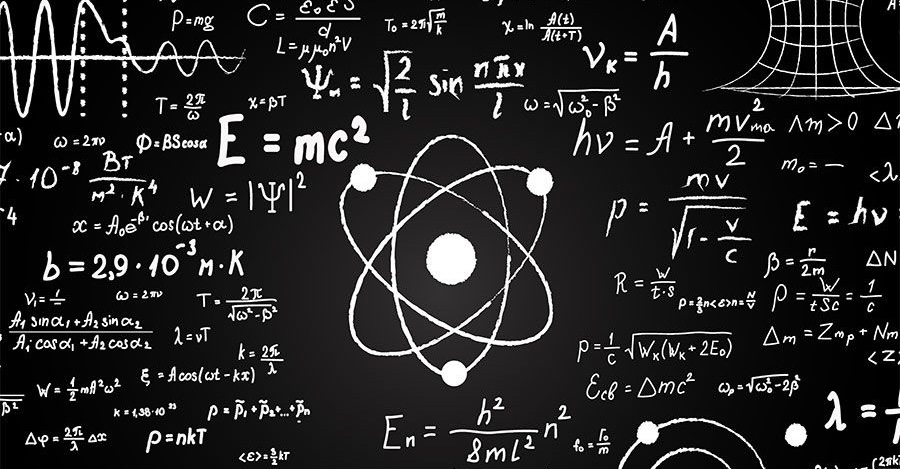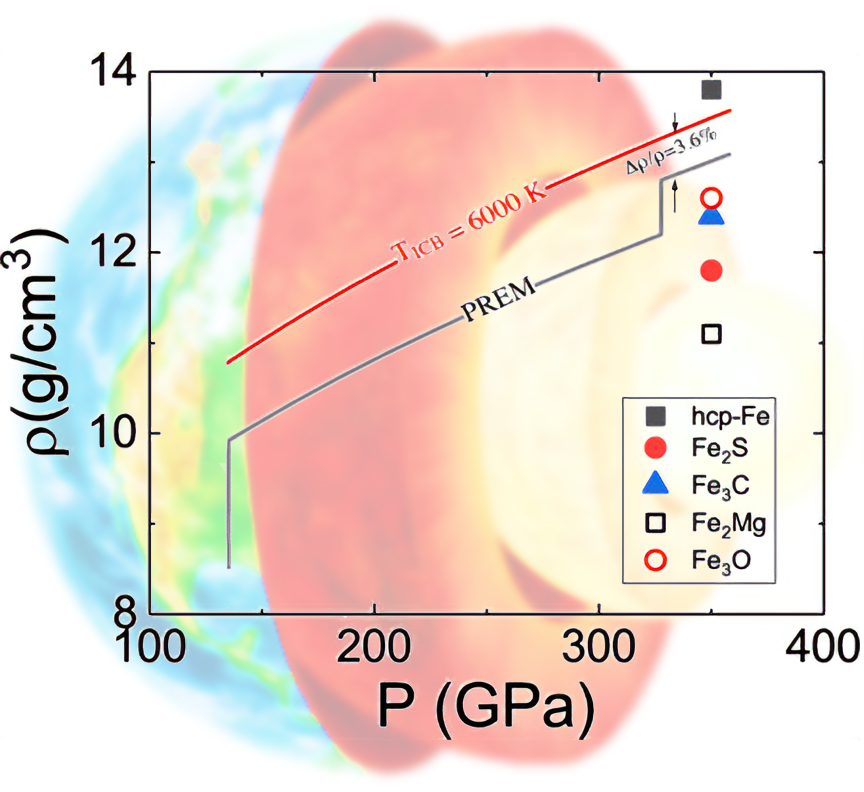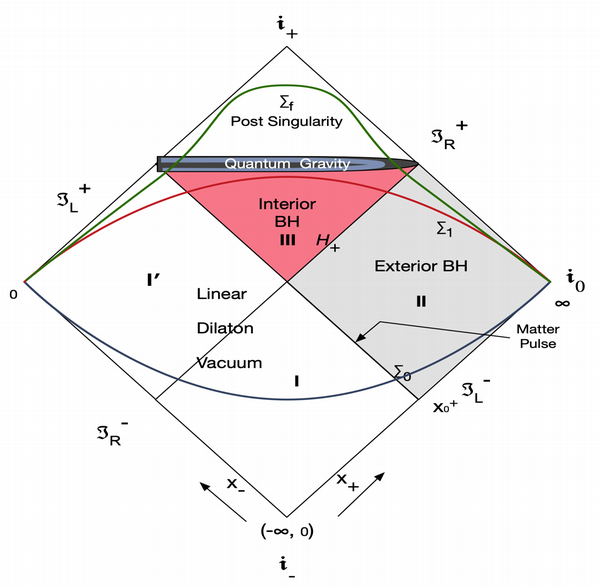Theoretical Physics

Jorge Botana Alcalde
Assistant Professor
Dr Botana and his group of undergrad researchers have focused on the theoretical study of solid-state systems by using ab initio calculations. His group has studied the structural and chemical properties of crystalline matter under extreme conditions of pressure using density functional theory (DFT) calculations, aided by the systematic structure search algorithm PSO (Particle Swarm Optimization).
In their most recent work, they studied the thermodynamic instability of Fe-U compounds in the conditions in the Earth’s inner core. However, U may exist as point defects within crystalline iron, effectively stabilizing specific iron phases, which could affect Earth's energy budget. They have also studied the high-pressure compounds and alloying of Fe with several light elements (S, O, C, H, Mg), which has implications in the Earth’s inner core properties and the study of steel properties.
Their methods also have allowed Dr Botana and his group to explore novel high-pressure chemistry, predicting unique chemical phenomena like new and counterintuitive oxidation numbers for elements like Li and Hg, and the existence of ionic crystals where individual electrons occupy ionic sites, independently from any atom.


Sujoy Modak
Assistant Professor
Dr. Modak studies the foundation, intersection and phenomenology of quantum and gravitational theories. Dr. Modak uses a semi-classical approach where the background spacetime classical, described by a curved spacetime, while all matter fields get full quantum treatment. He has built theoretical models to understand the black hole evaporation and information problem, quantum origin of the seeds of cosmic structure in the very early universe, and particle creation in cosmological settings. In addition, he has worked on the foundation of quantum theory, specifically using the “objective collapse model” approach to better understand the division between the classical and quantum systems. Recently, Dr. Modak has made some proposals to indirectly test quantum gravity effects in low energy table-top experiments. He has published 35 research articles in the above topics, and some of them are co-authored by undergraduate students.
J. Botana, B. Urbach, C. Moffett-Smith, Q. Gilbert, E. McGarvey, "Uranium at the conditions of the Earth’s inner core: Fe-U forms and implications", submitted to PHYSICA B (2024)
S. K. Modak, “Recent Efforts Towards Understanding the Early Universe from a Fundamental Quantum Perspective,” J. Phys. Res. Edu. Vol 2, pp 16-35 (2024).
Z. Liu, W. Hou, J. Botana, Y. Sun, Y. Sun, W. Yi, Y. Chen, "Unexpected Metastable High-Temperature Superconducting Hydride LaCaH12 with an Irregular Cage Structure at High Pressure," JOURNAL OF PHYSICAL CHEMISTRY C, 127, 23870 (2024)
F. Torres, S. K. Modak and A. Aranda, “New Insights on the Quantum-Classical Division in Light of Collapse Models,” Found. Phys. 53, no.4, 73 (2023).
C. Villalpando and S. K. Modak, “Minimal length effect on the broadening of free wave-packets and its physical implications,” Phys. Rev. D 100, no.2, 024054 (2019).
W. Yi, J. Botana, J. Liu, M. Miao, "Microporosity as a new property control factor in graphene-like 2D allotropes," JOURNAL OF MATERIALS CHEMISTRY A, 6, 10348 (2018)
Z. Liu, J. Botana, A. Hermann, S. Valdez, E. Zurek, D. Yan, H. Lin, M Miao, "Reactivity of He with ionic compounds under high pressure," NATURE COMMUNICATIONS, 9, 951 (2018)
J. Botana, M. Miao, "Helium Shows New Chemistry Not Seen Anywhere Else," CHEM, 2, 466 (2017)
J. Botana, J. Brgoch, C. Hou, M. Miao, "Iodine Anions beyond −1: Formation of LinI (n = 2–5) and Its Interaction with Quasiatoms," INORGANIC CHEMISTRY, 55, 9377 (2016)
S. K. Modak, L. Ortiz, I. Pena and D. Sudarsky, “Non-Paradoxical Loss of Information in Black Hole Evaporation in a Quantum Collapse Model,” Phys. Rev. D 91, no.12, 124009 (2015).
J. Botana, M. Miao, "Pressure-stabilized lithium caesides with caesium anions beyond the −1 state," NATURE COMMUNICATIONS, 5, 4861-1 (2014)
S. Singh, S. K. Modak and T. Padmanabhan, “Evolution of quantum field, particle content and classicality in the three-stage universe,” Phys. Rev. D 88, no.12, 125020 (2013).
J. Botana, M. Pereiro, D. Baldomir and J.E. Arias, "Density functional study of the magnetic properties of Bi4Mn clusters: Discrepancy between theory and experiment," JOURNAL OF CHEMICAL PHYSICS, 134, 034307-1 (2011)